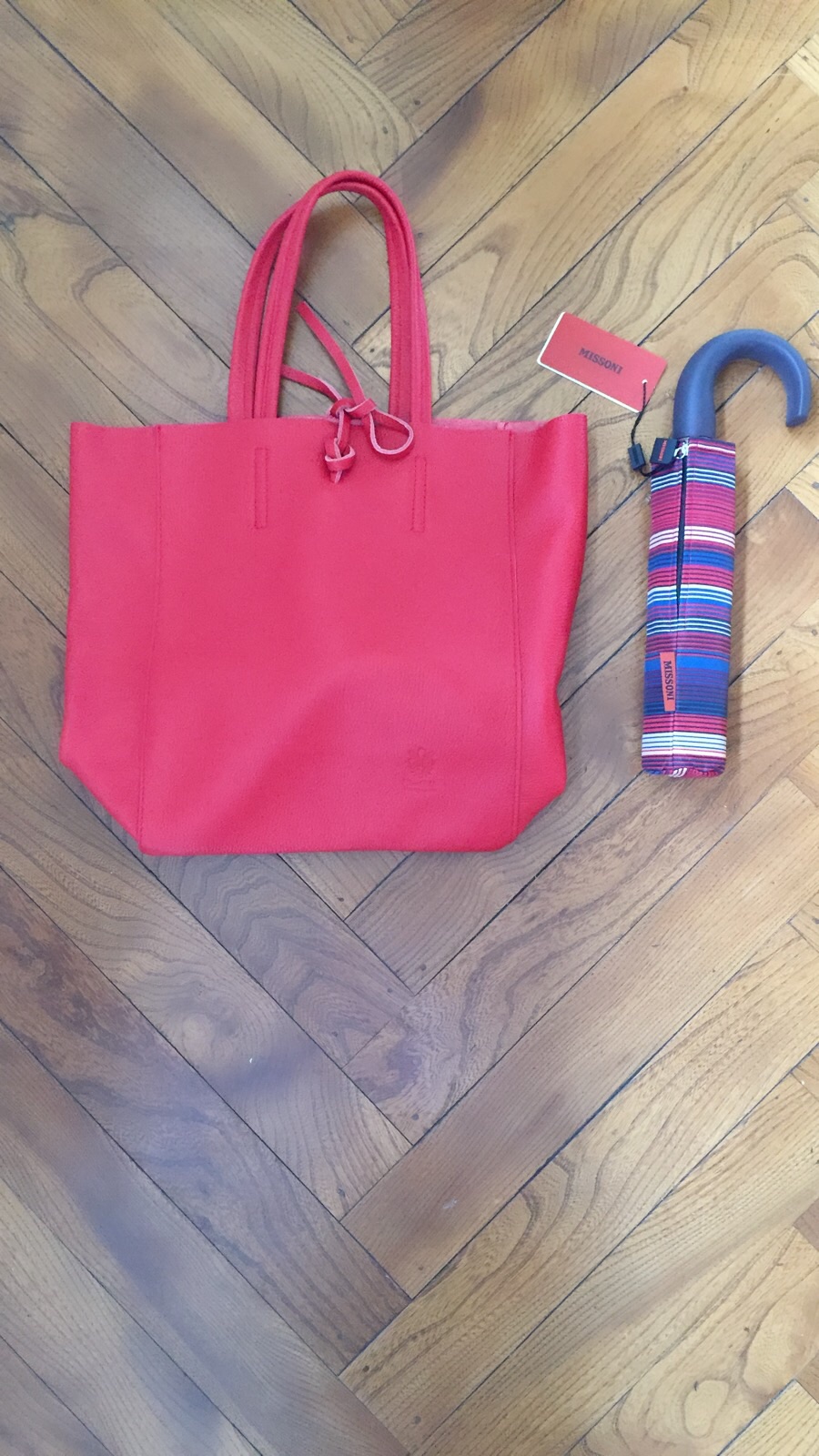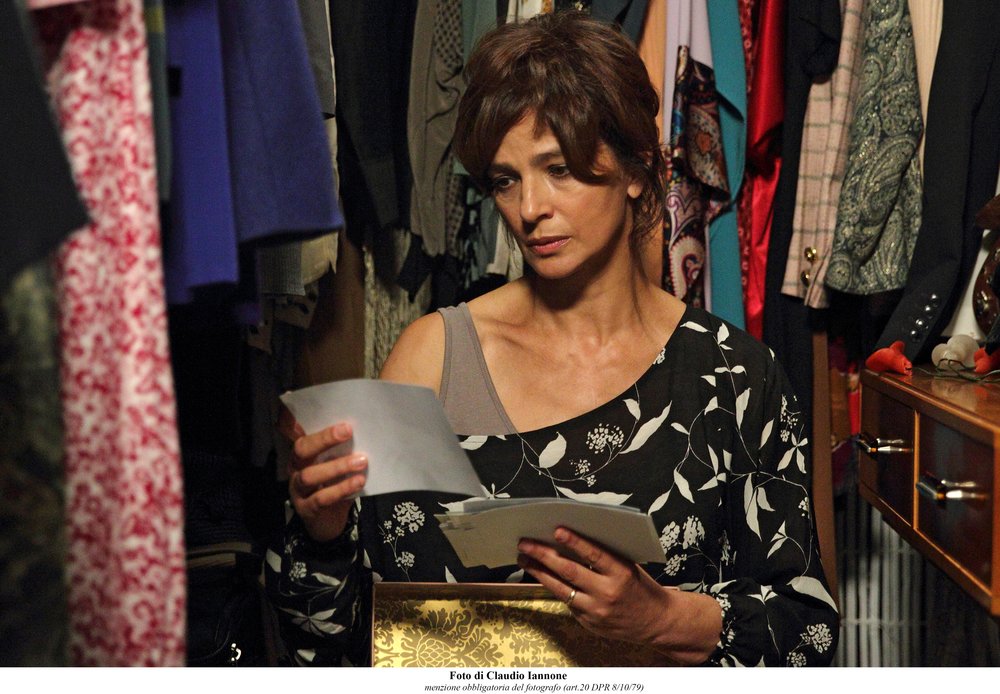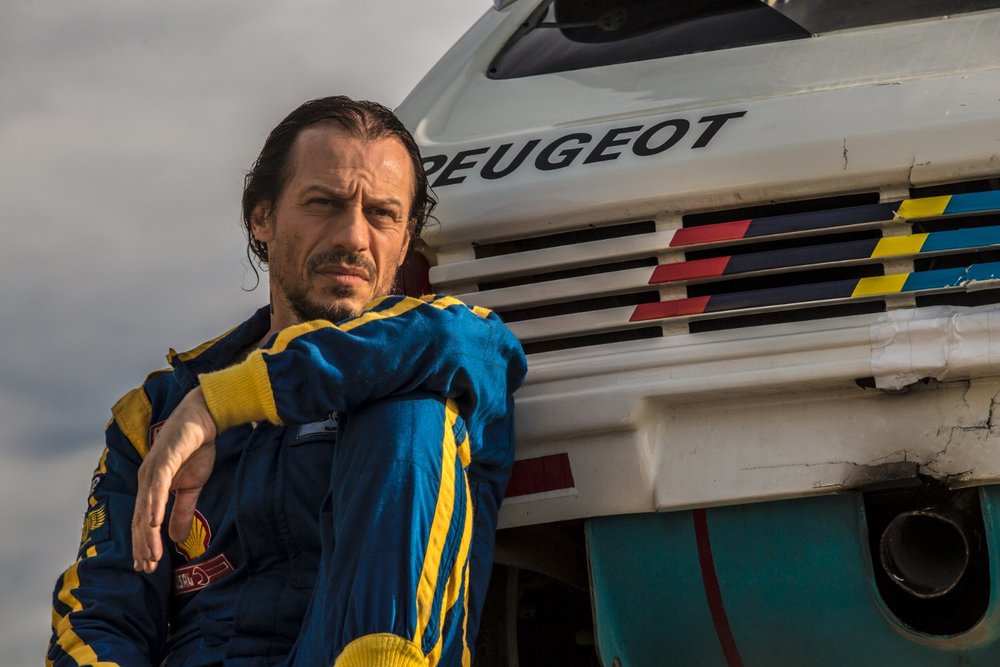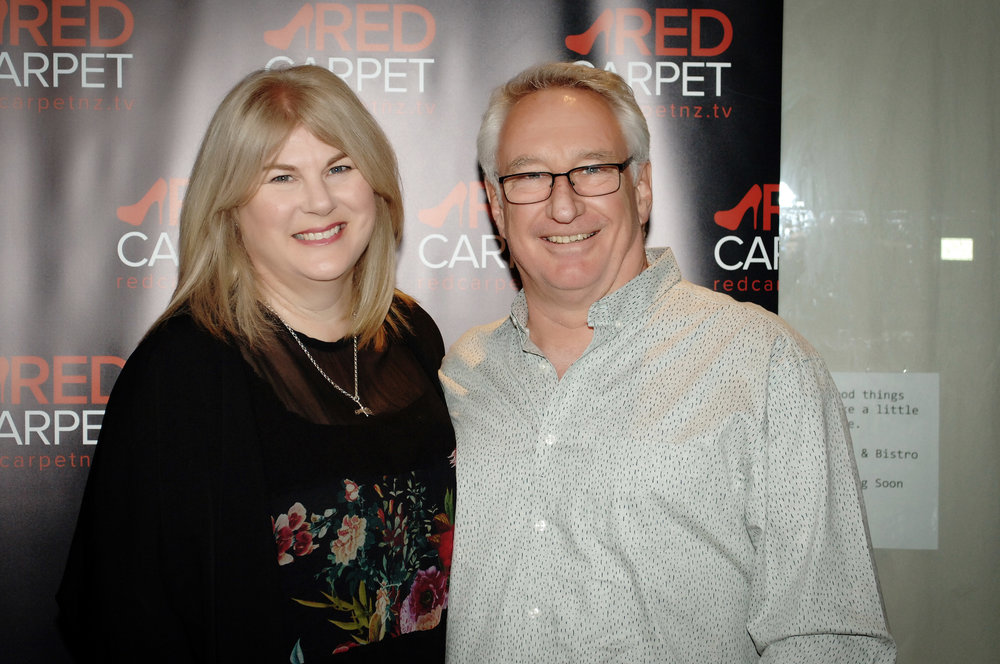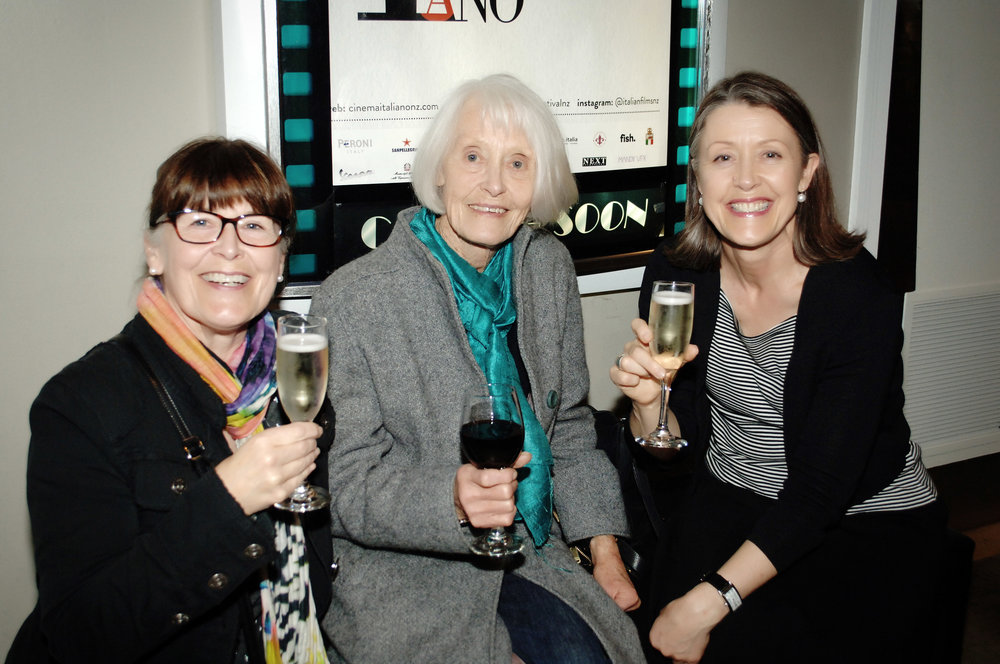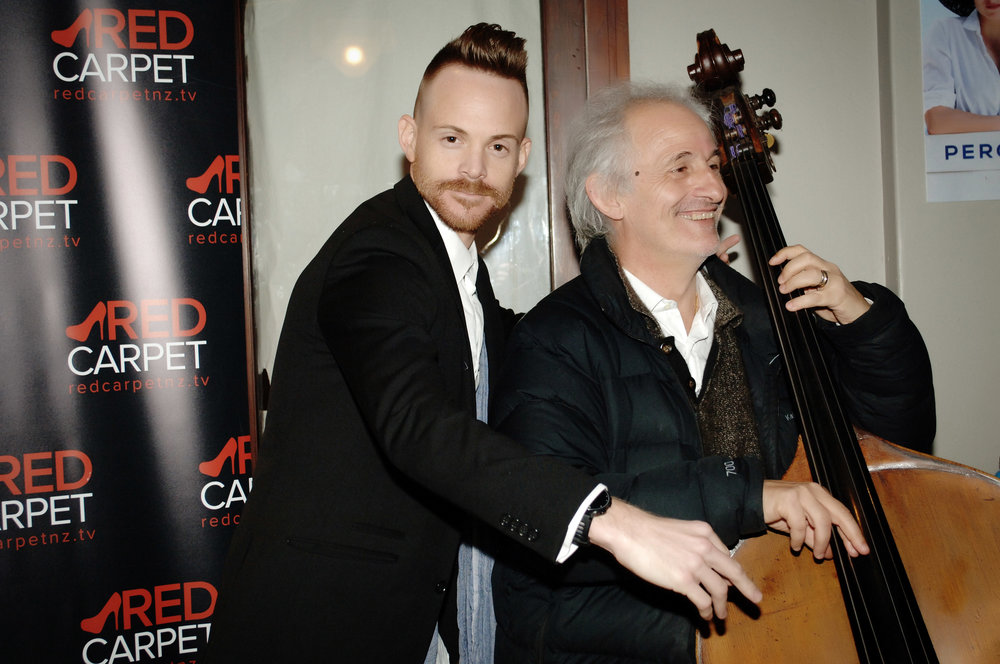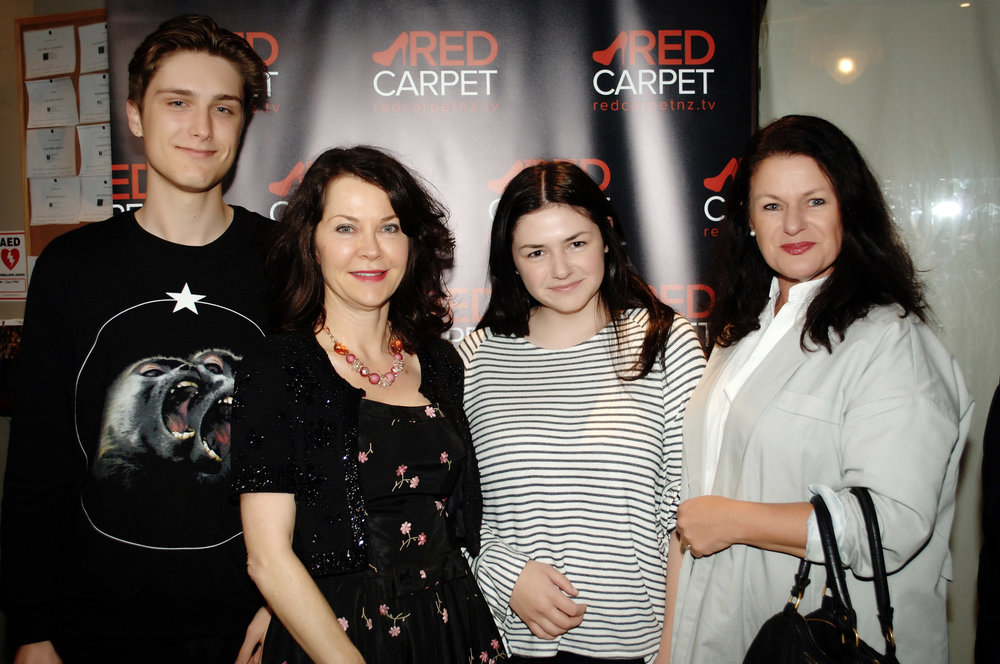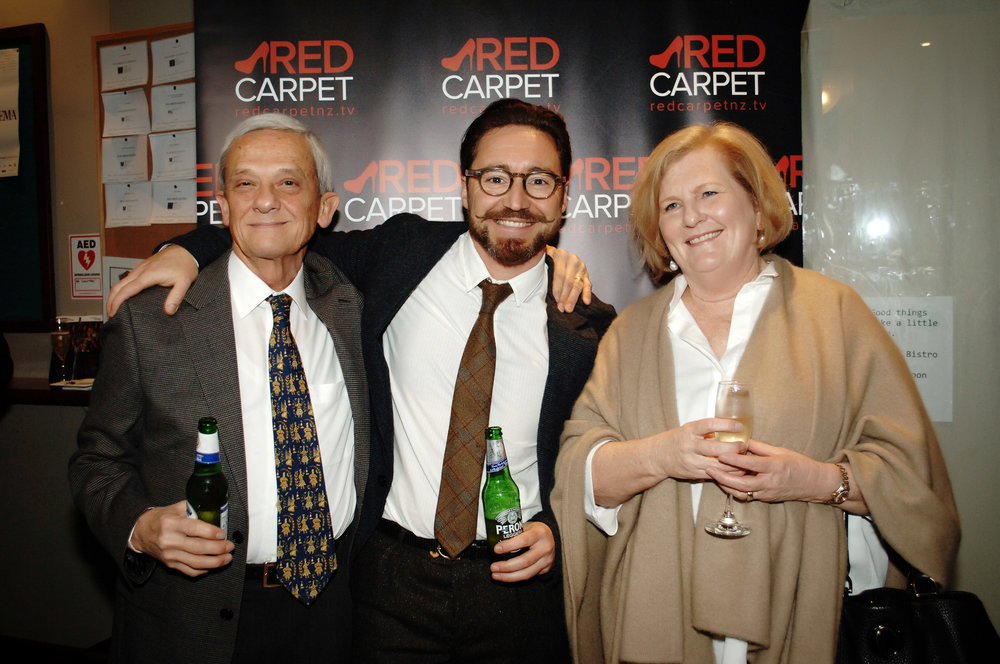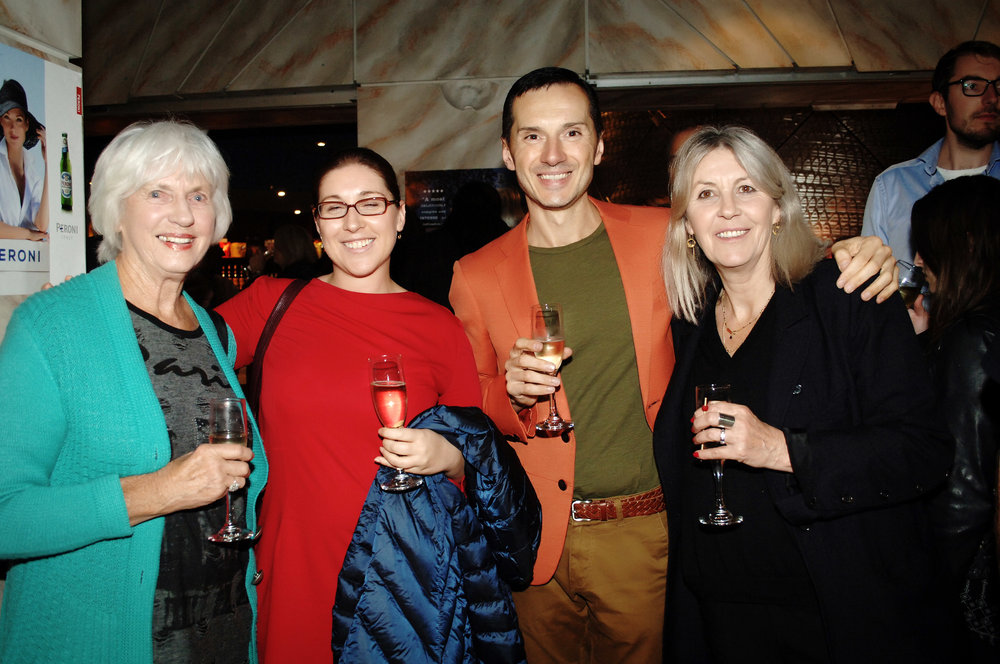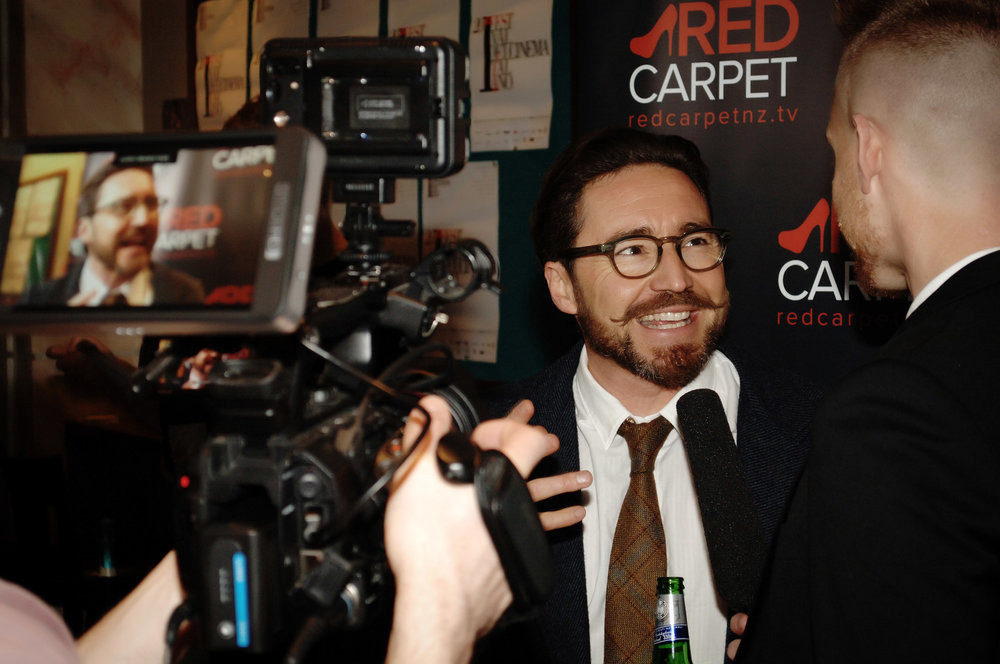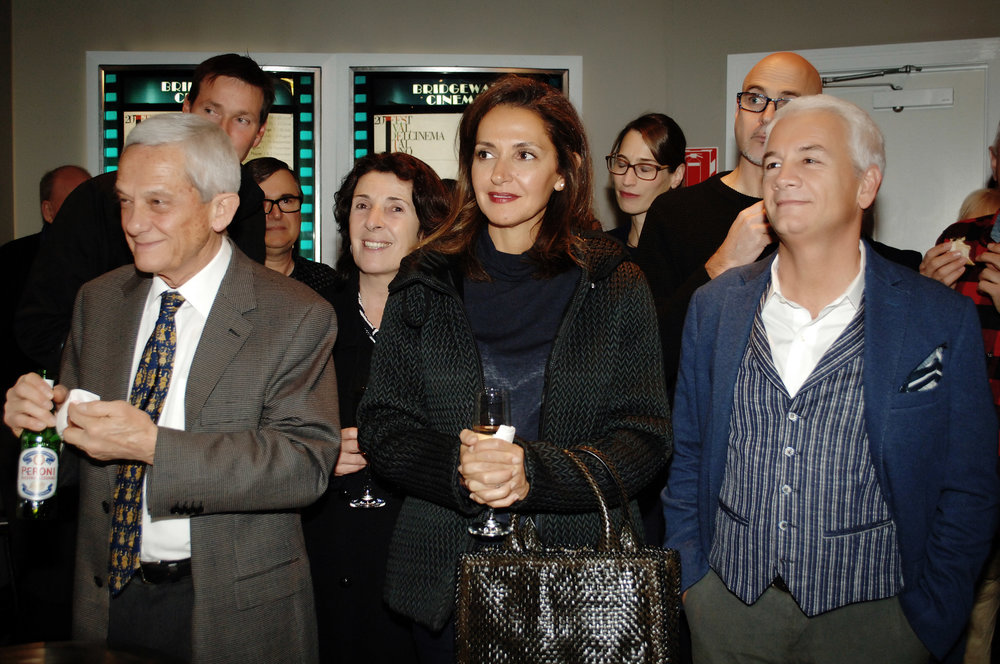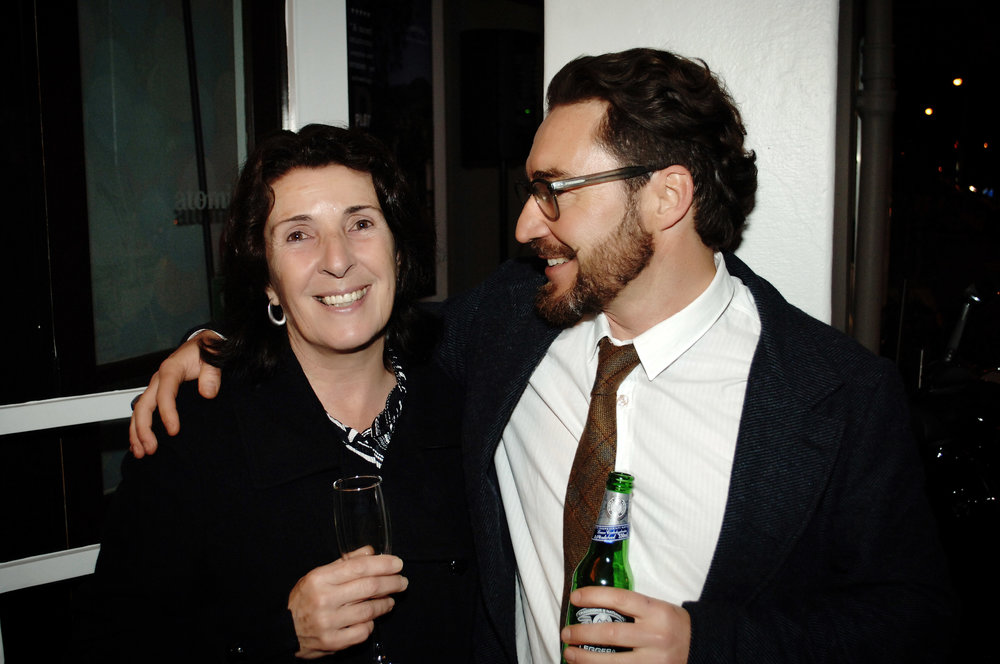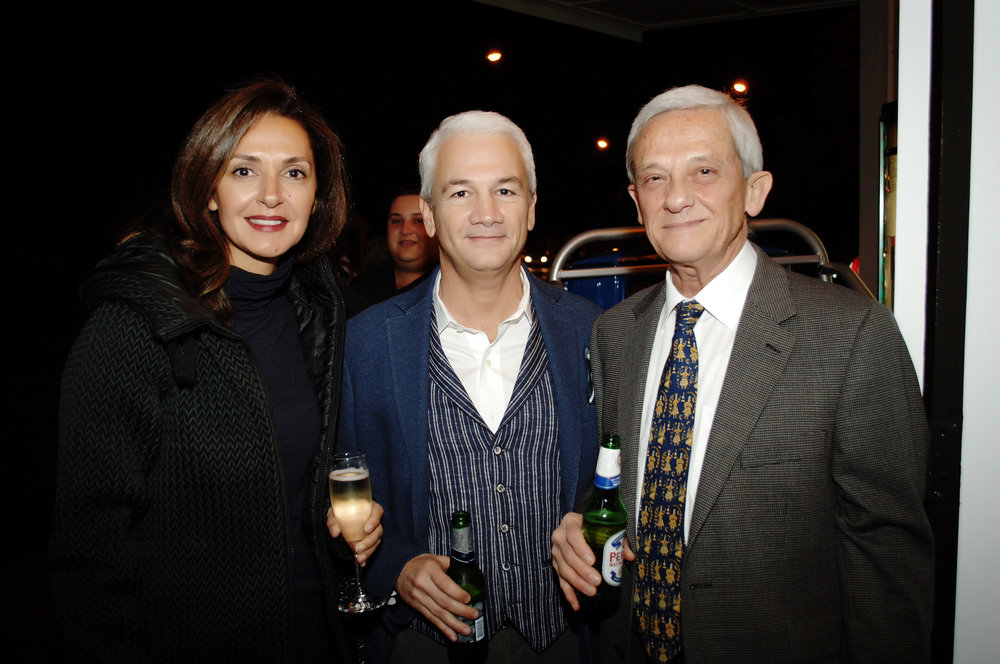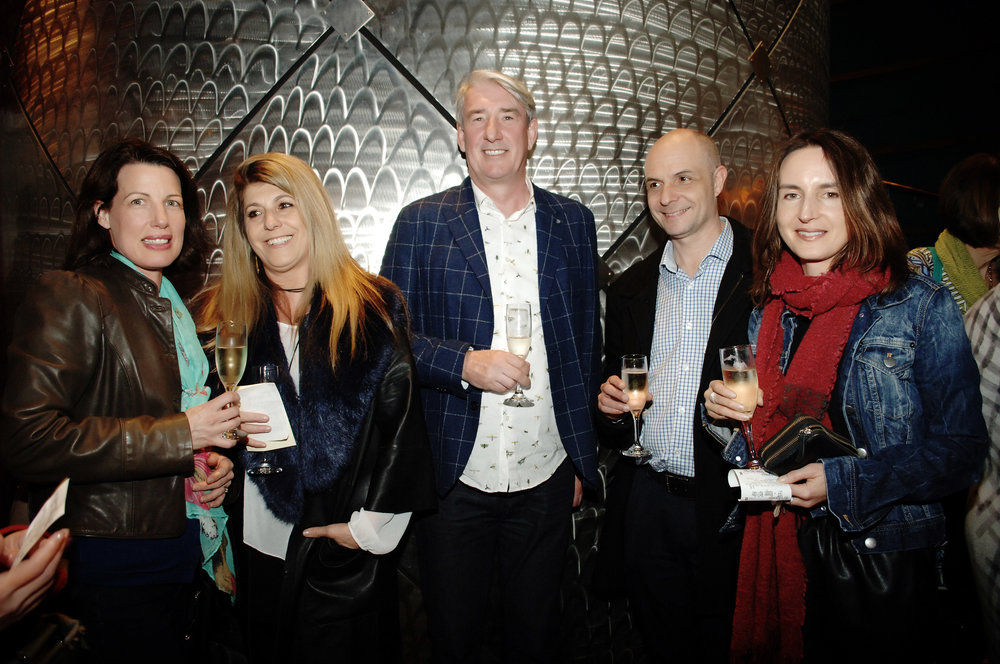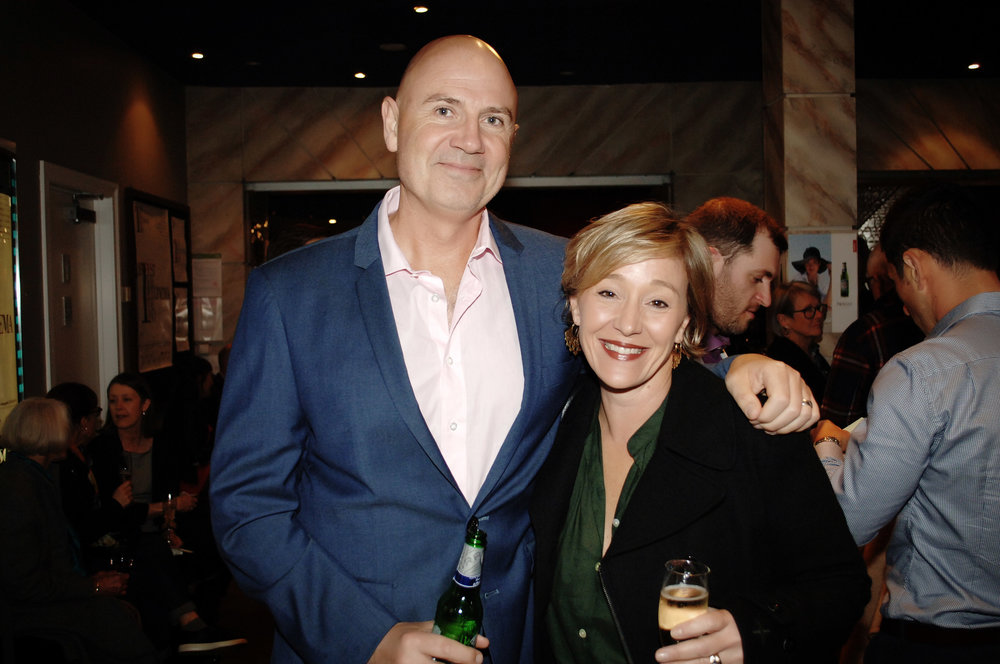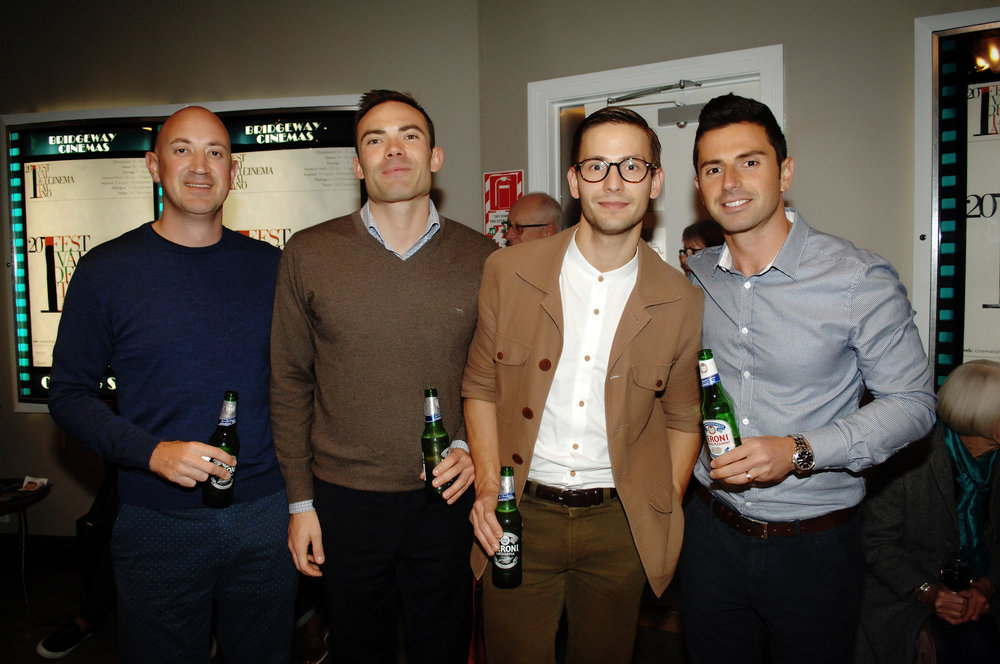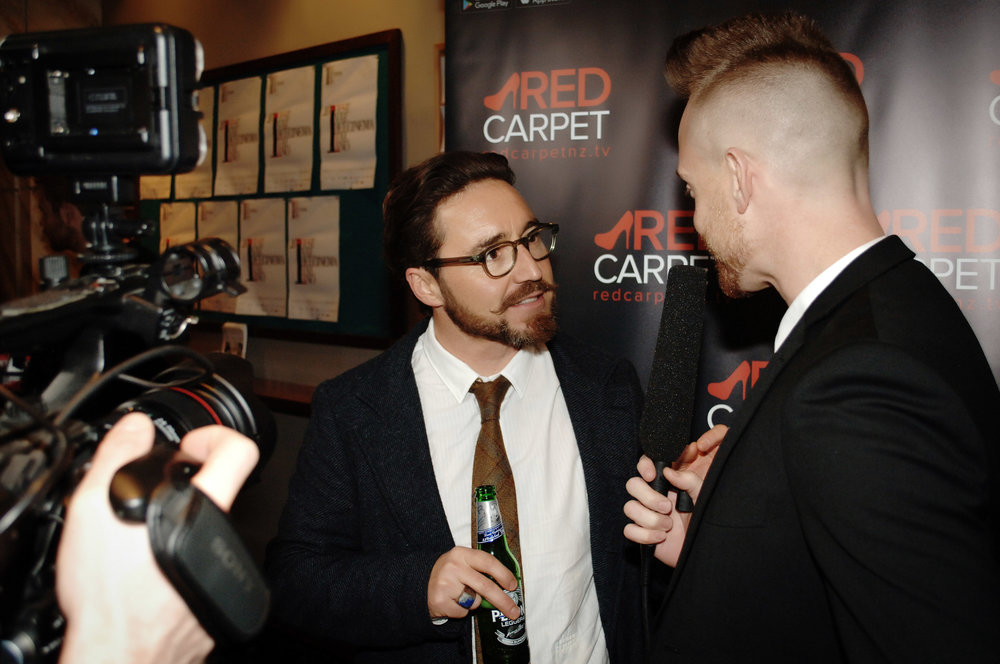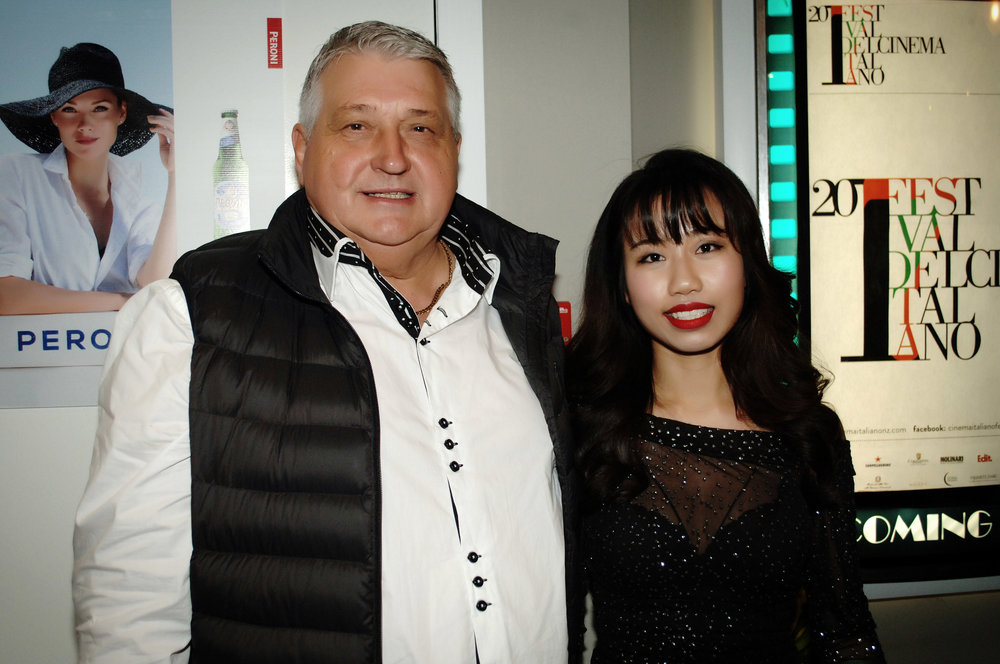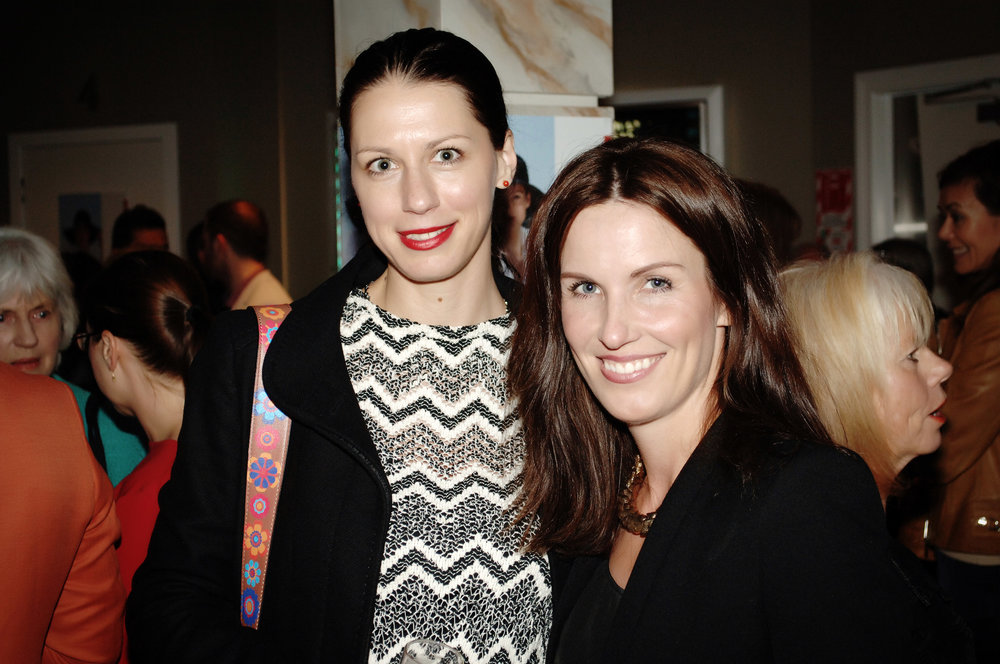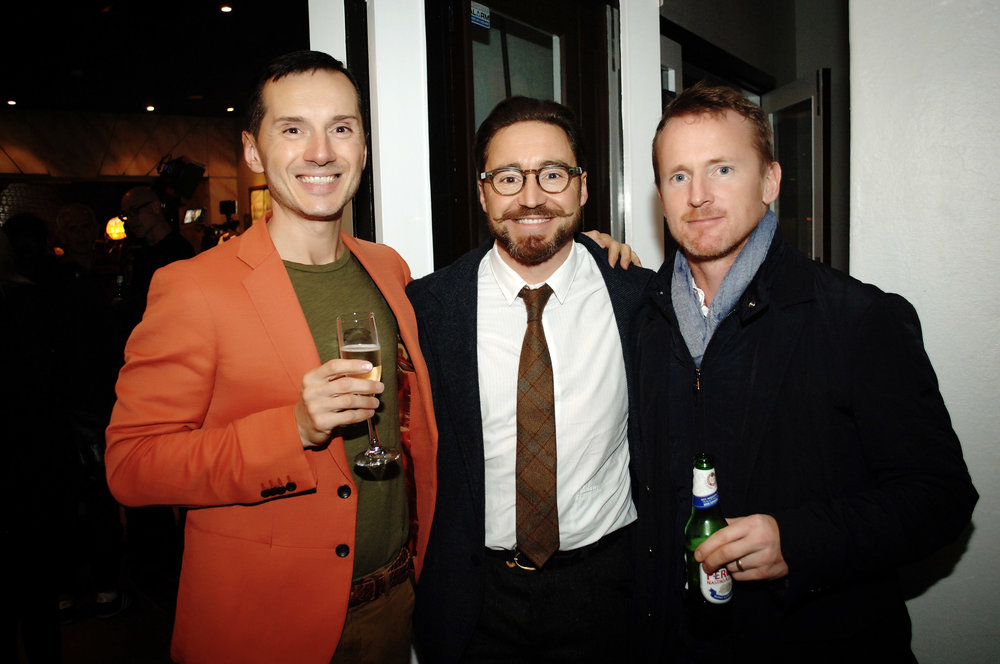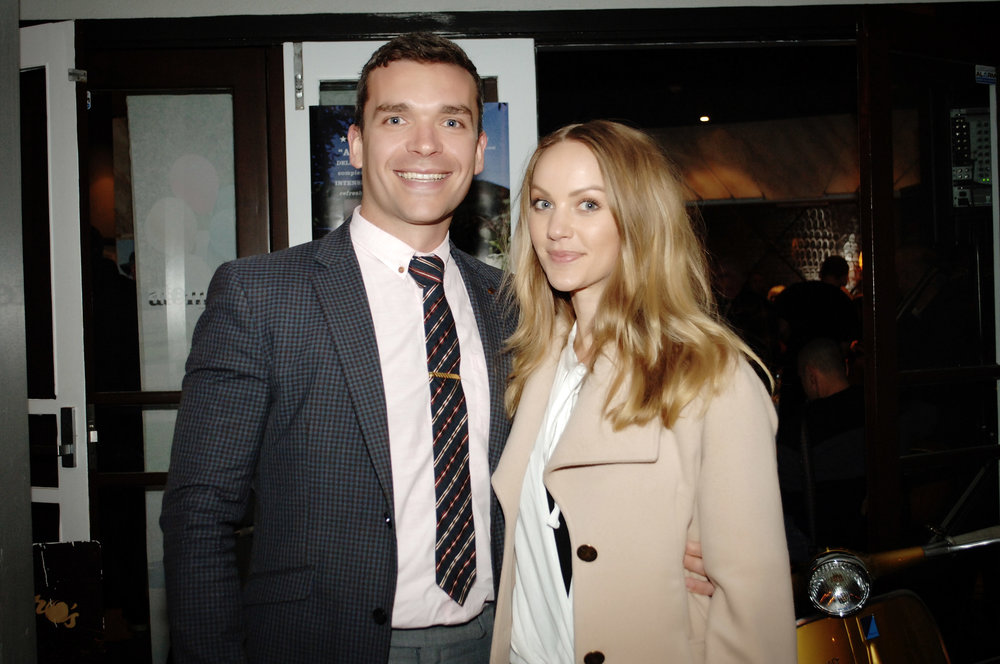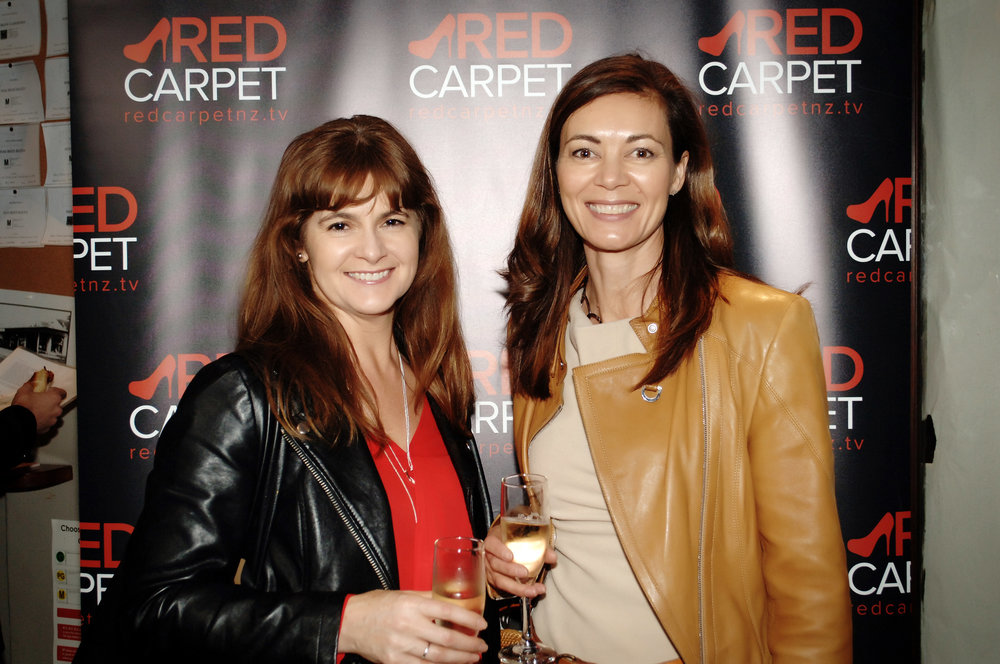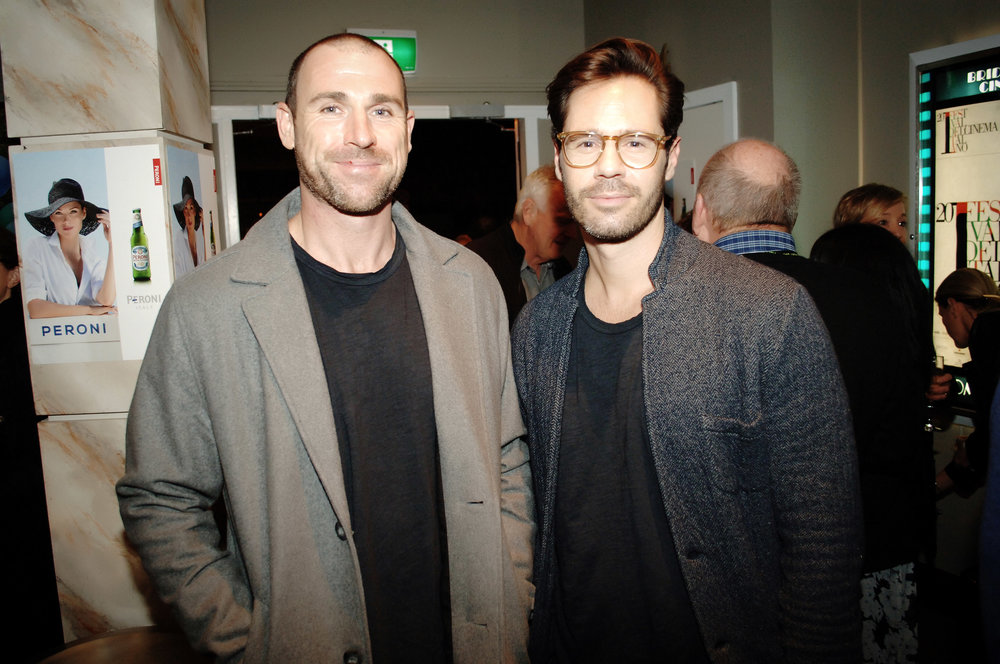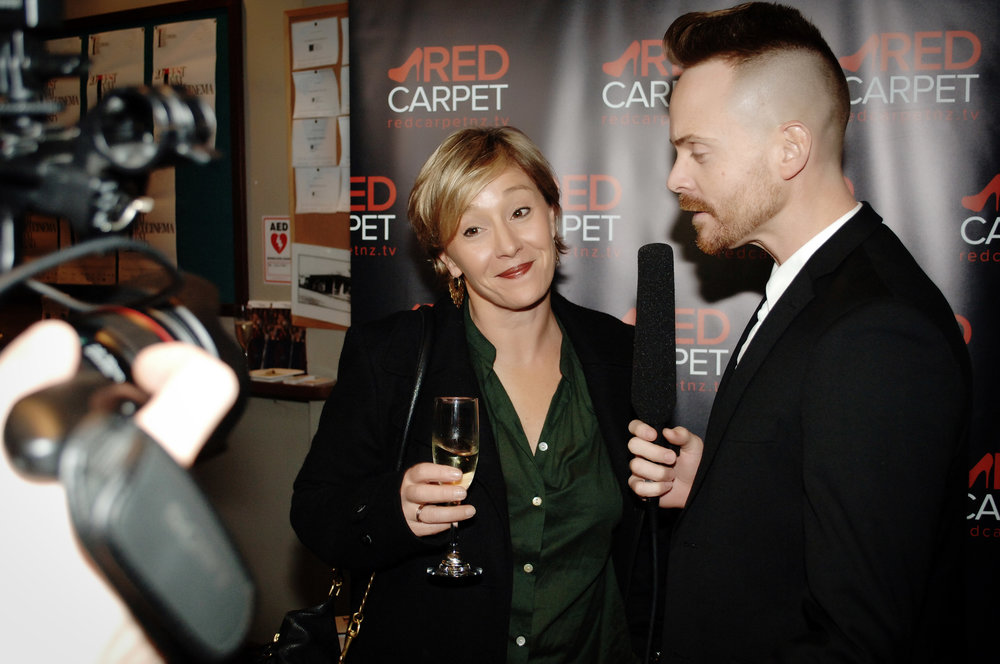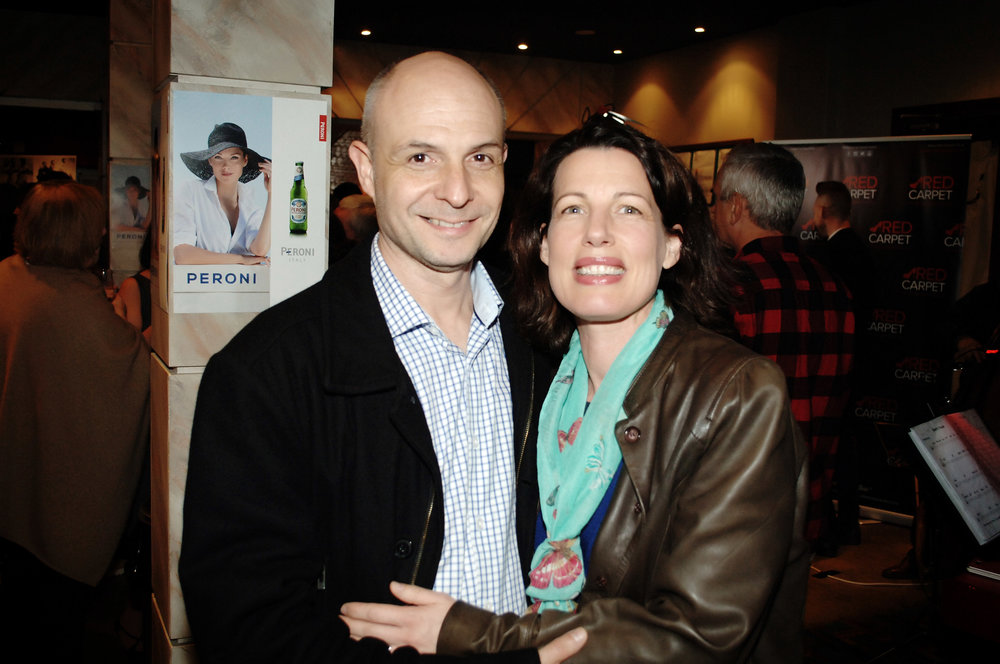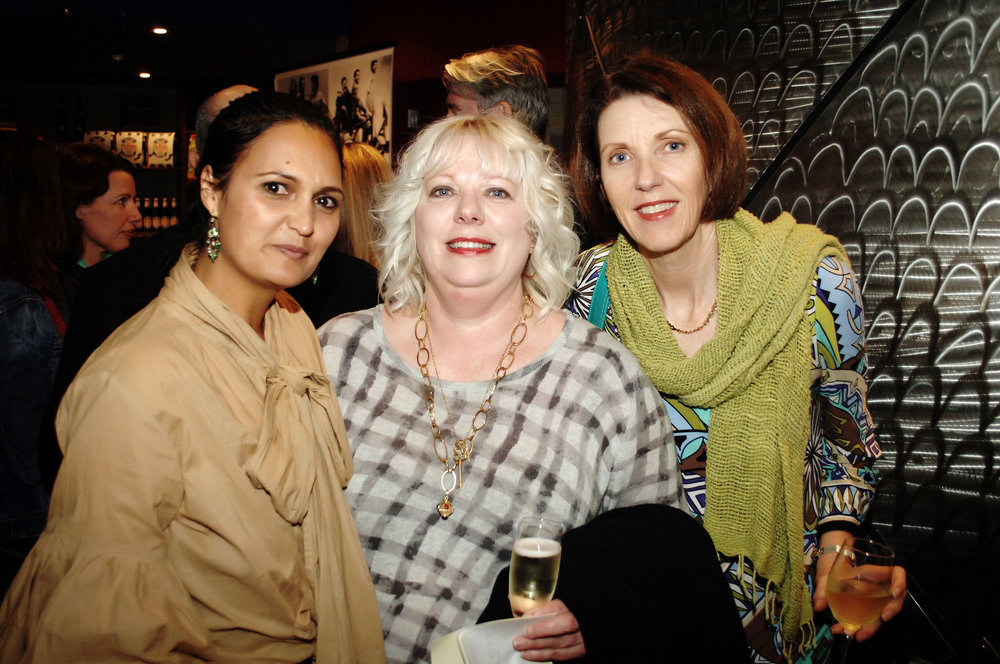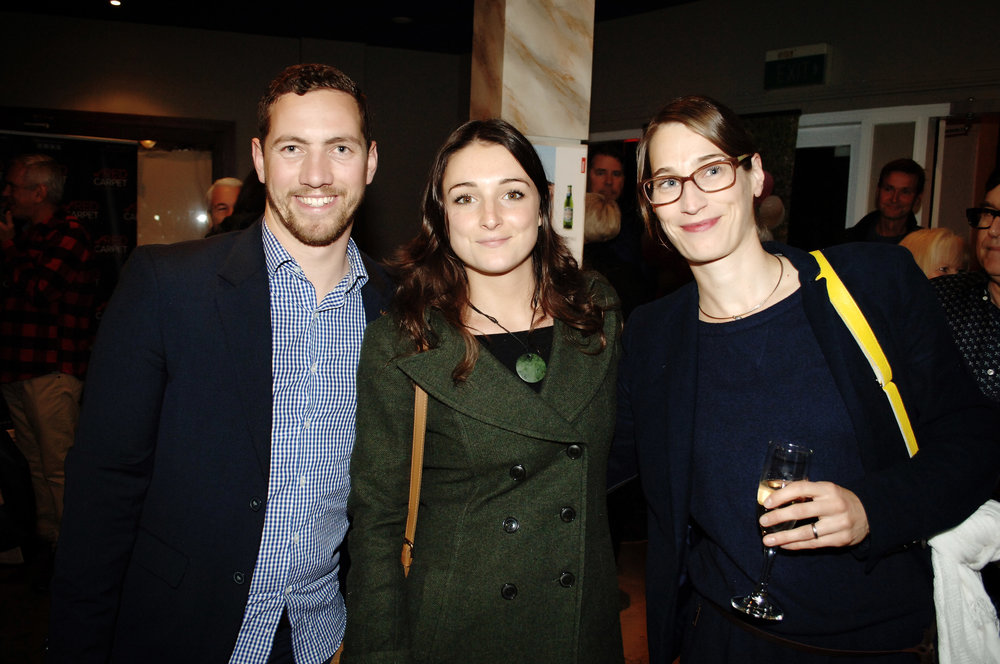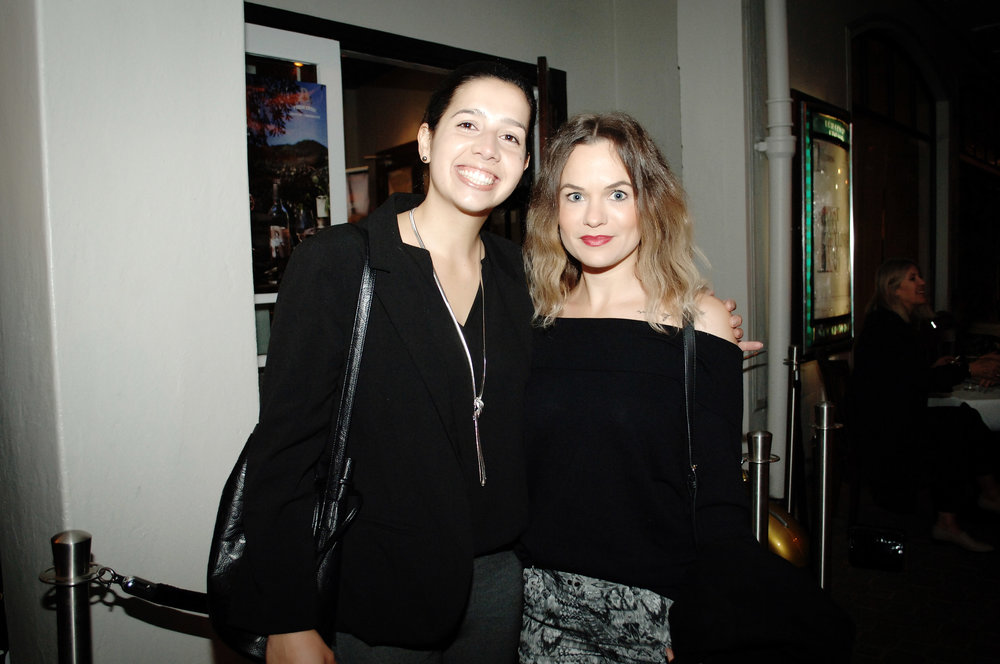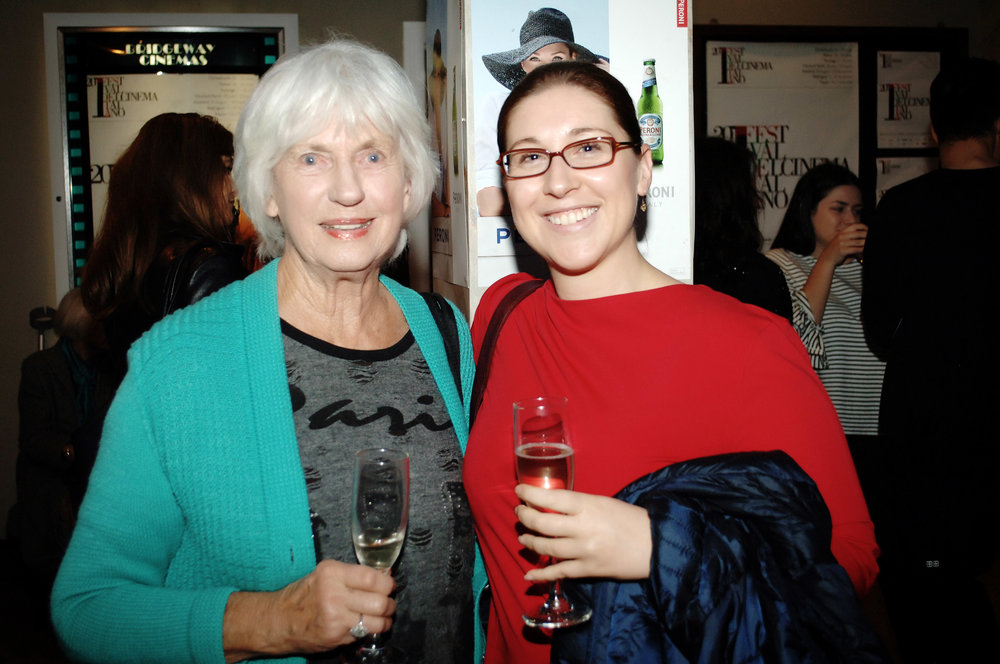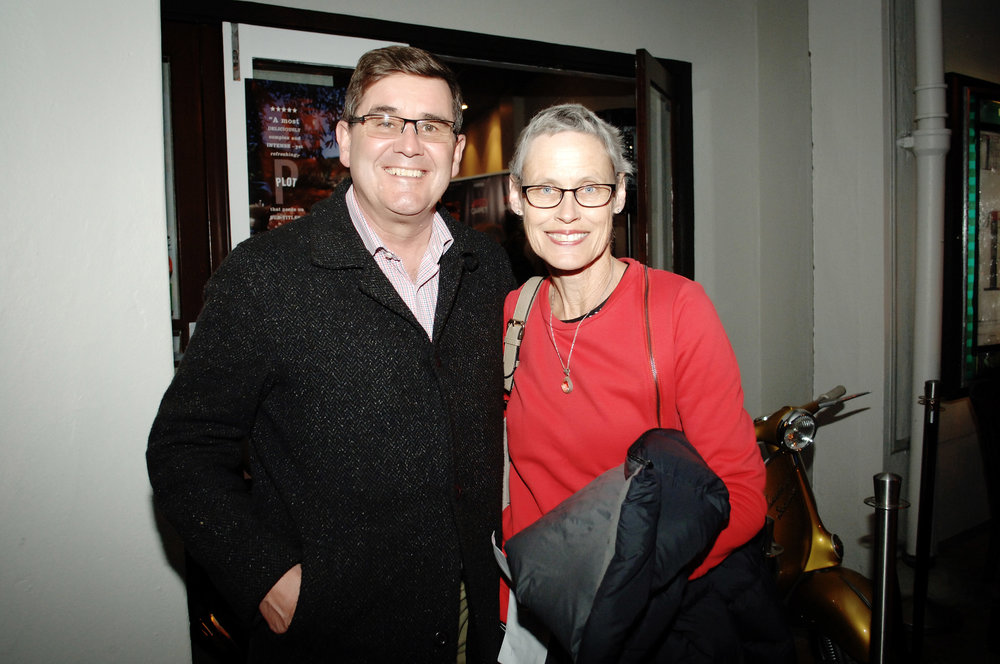An excerpt from Dianne Hales - the author of 'La Bella Lingua'
The Italian Ministry of Cultural Heritage and Agricultural Policies has named 2018 “The Year of Italian Food.” While I personally feel we should celebrate Italian food every year, I’m delighted to add my voice to the chorus of praise for everyone’s favorite cucina (a triple-tasking word that can translate as cuisine, cooking and kitchen).
Italy’s food and language meld together as smoothly as cacio sui maccheroni (cheese on macaroni). Both boast a rich and rollicking history dating back to ancient times. Both vary greatly from region to region, even from village to village. Both reflect centuries of invasion, assimilation and conquest. And both can transform daily necessities into vibrant celebrations.
Italians have long realized that we are, quite literally, what we eat. Sapia, Latin for taste, gave rise to Italian’s sapienza (wisdom). In pursuit of divine wisdom and saintly virtues, Italians developed the tradition of “eating the gods.” Through the yearly cycle of church holidays, they devour dita degli apostoli (fingers of the apostles, crêpes filled with sweetened ricotta); minni di Sant’Agata (breasts of Saint Agatha, stuffed with marzipan); occhi di Santa Lucia (eyes of Santa Lucia, circles of durum bread); and at Christmas cartellate (the cloths that cradled the baby Jesus, made of flour, oil and dry white wine) and calzoncicchi di Gesu Bambino (pillows of pasta filled with a mix of pureed garbanzos, chocolate, and homemade rosolio (a liqueur derived from rose petals), fried and sprinkled with sugar and cinnamon
I have adopted a similar strategy of “eating Italian” to make the language part of me. l read aloud the lilting words for simple culinary techniques, such as rosolare for make golden, sbricciolare for crumble and sciaquare for rinse. I revel in the linguistic pantry of pasta shapes: little ears, half sleeves, stars, thimbles—and the tartly named lingue di suocera, “twisted mother-in-law tongues,” and strozzapreti, “priest-stranglers” (rich enough to sate ravenous clerics before the expensive meat course).
Desserts like zuccotto (sponge bombe filled with ice cream), ciambellone (ring cake), suspiru di Monaca (a nun’s sigh) and tiramisu (pick-me-up) glide so deliciously over the tongue that I agree with cooks who claim they can fare respirare i morti (make the dead breathe). I’m especially fond of Rome’s lacrime d’amore (tears of love), candy sugar pearls filled with the same sweet syrup parents serve children for a toast on special occasions.
Italian’s gastronomic words—like the dishes they describe—do more than tease or appease the appetite. They spice up daily conversations—as you’ll find in the following examples:
Words and Expressions
Prezzemolo (parsley) -- a busybody who noses into everything
Salame (salami) –- a silly fool, blockhead
Mozzarella –- someone bland or boring
Polpettone (large meatball) -- a worthless or banal movie
Tutto fumo e niente arrosto (all smoke and no roast) -- all sizzle and no steak
Dianne Hales is the author of MONA LISA: A Life Discovered and LA BELLA LINGUA: My Love Affair with italian, the World's Most Enchanting Language.
Also an early thank you to all of our food suppliers and caterers for the Cinema Italiano Festival Opening Nights
Casamassima in Christchurch
Vetro Tauranga
Alessandros Pizzeria Havelock North
Poderi Crisci Waiheke Island
Non Solo PIzza Auckland
La Bella Italia Wellington
Matakana Deli Matakana
